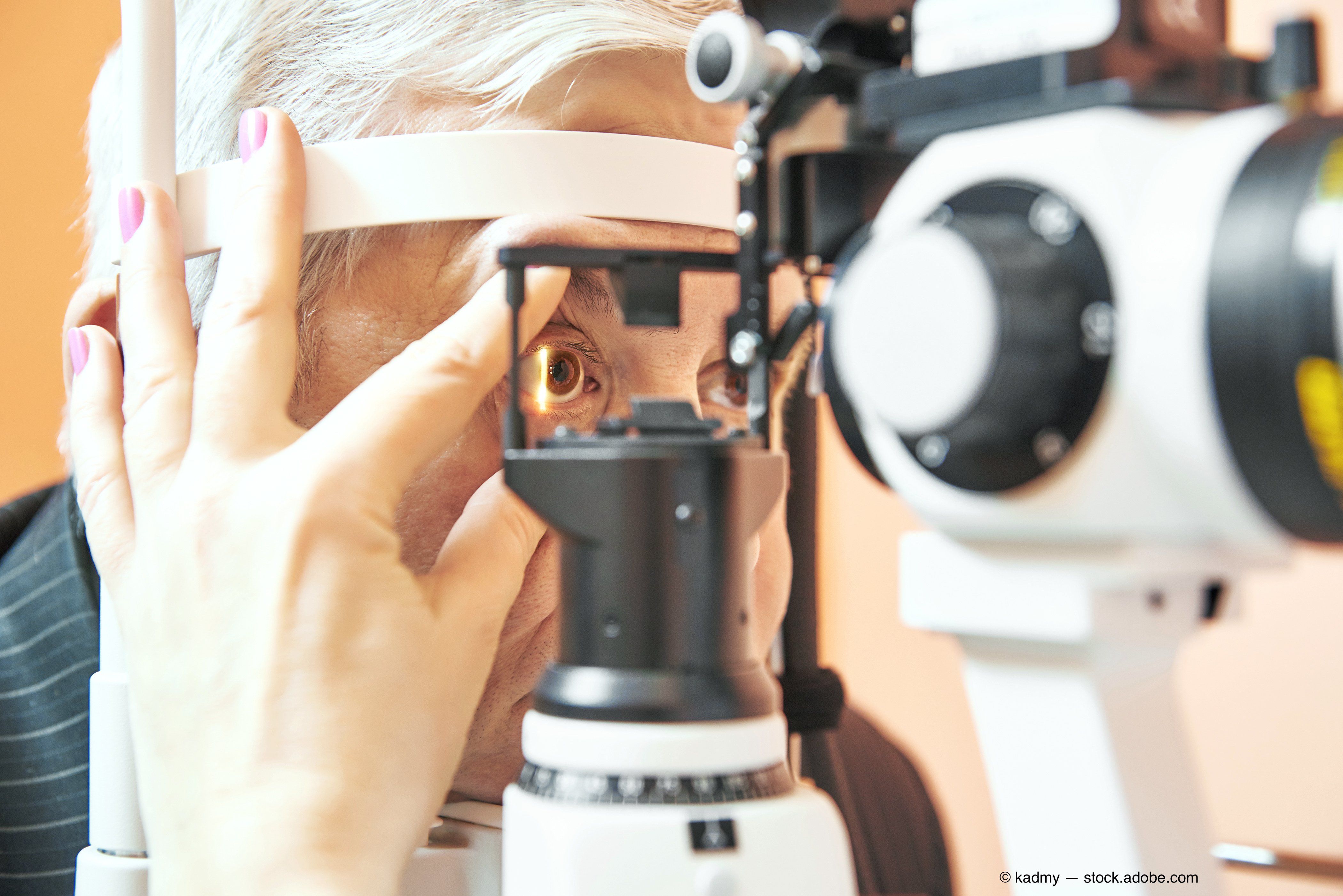Consider IOP fluctuations when diagnosing glaucoma


The task of diagnosing normal-tension glaucoma can be challenging and illusive. I have debated (and ultimately argued for) its very existence in lecture presentations.
To me, the most challenging aspect of making this diagnosis is separating it from two significant differential diagnoses: primary open-angle glaucoma (sometimes referred to for the sake of comparison as “high-tension” glaucoma) and prior insult to the optic nerve, which is non-progressive.
As far as its distinction from “high-tension” glaucoma is concerned, my diagnostic capabilities are precluded by my office hours.
Previously by Dr. Casella: Maintain open communication with primary-care physicians
Taking action
Simply put, there is a great deal of time between the hours of 5 p.m. and 9 a.m. for intraocular pressure (IOP) to spike, and I am sure that I am missing a number of my patients’ highest IOPs.
If I never record an IOP outside of so-called “normal” ranges on a glaucoma patient prior to the initiation of treatment-and subsequently make a diagnosis of normal-tension glaucoma-I am technically wrong if the patient’s IOPs are in the mid-20s three hours before his appointment time.
Although this really does not affect my plan-which is typically to initiate treatment with a prostaglandin analog-the semantics of the whole thing bother me.
On the other hand, all ODs learned in optometry school that glaucoma is progressive by nature and by definition. Couple that with the fact that non-progressive conditions may likely not require treatment, and it becomes readily apparent that the prudent course of action in a glaucoma suspect without ocular hypertension may be to check for progression before treating.
If I am unsure, then I may decide to obtain a few sequential visual studies and optical coherence tomography (OCT) studies before initiating treatment.
Related: Blog: 4 uses for OCT in OD practices Patient profile
Patient history can also be useful in such a situation. Careful questioning may elicit a history of, say, hemodynamic crisis, long-term steroid use, or other aspects of a patient’s life, which may have led to his optic nerves’ appearance.
In other words, did something happen in the past that is done happening? This is in an attempt to have a degree of specificity (not treating those patients who do not require treatment) in the arena of glaucoma.
All of this can be difficult to keep mind of during the course of a busy day-something all ODs deal with.
Related: Consider the whole patient when treating glaucoma
Fortunately, as far as treatment is concerned, ODs have access to landmark studies such as the Collaborative Normal-Tension Glaucoma Study (CNTGS), to which they may subscribe to guide their treatment approach.1
Out of this study came the notion that a 30-percent reduction in IOP leads to a lesser chance of progression of normal-tension glaucoma. Such a strategy seems relatively straightforward and mathematically simple.
However, for those patients in whom baseline IOPs are on the low end to begin with (12 or 14 mm Hg), there really is not much room for a decrease at all, and a 20 or 30 percent reduction may be all that is attainable.
Not many glaucoma studies examine the profile of patients with such low baseline IOPs.
Related: Why documenting target IOP helps ODs
Low-teens normal-tension glaucoma
However, a study was recently published in British Journal of Ophthalmology that led to intriguing factors to consider with so-called “low-teens normal-tension glaucoma.”2
This retrospective cohort study included 102 eyes of 102 normal-tension glaucoma patients with baseline (pretreatment) IOPs of ≤12 mm Hg.
All patients had been followed for a period of at least five years. The patients were divided into so-called “progressor” and “non-progressor” groups based on their visual field studies over time as well as changes to their optic nerves and retinal nerve fiber layers.
Diurnal IOP measurements and 24-hour blood pressure measurements were compared as well. Of the entire cohort, 35.3 percent were determined to be “progressors.”
Related: Keep an eye on link between glaucoma and blood pressure
Of these patients, fluctuations in diastolic blood pressure, IOP fluctuations, and the presence of optic disc hemorrhages were significant risk factors for the presence of progression.
Three take-home points pulled from this study include:
• Glaucoma patients (and all patients, for that matter) should be receiving routine physicals-both in light of searching for systemic variables with respect to glaucoma and in light of good overall health and well-being.
• Lowering IOP comes before nothing with respect to glaucoma treatment, but squishing the diurnal IOP curve is important as well. A good way to ensure this and tailor therapy accordingly is to check IOP at different times of the day. I do not typically perform serial tonometry, but I instead check IOP at different parts of the day over an extended period of time-which is not judgment on serial tonometry.
• Taking a quick look at optic nerves at an IOP check through an undilated pupil with a precorneal lens is a great way to check for the presence of an optic disc hemorrhage, which may be an indicator of progression.
Read more by Dr. Casella
References:
1. Bron A. Ocular hypertension and glaucoma: the contribution of large studies to daily practice. J Fr Ophtalmol. 2002 Jun;25(6):641-54.
2. Baek SU, Ha A, Kim DW, Jeoung JW, Park KH, Kim YK. Risk factors for disease progression in low-teens normal-tension glaucoma. Br J Ophthalmol. 2019 May 4. doi: 10.1136/bjophthalmol-2018-313375.

Newsletter
Want more insights like this? Subscribe to Optometry Times and get clinical pearls and practice tips delivered straight to your inbox.